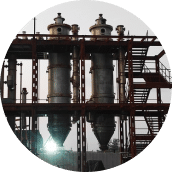
Evaporation Plants
Elevate your industrial operations with our Evaporation Plants. Engineered for optimal performance, our plants...
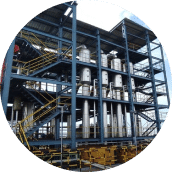
Multi Effect Evaporators
Multiple Effect Evaporators are high-performance HVAC units streamlining liquid concentration.
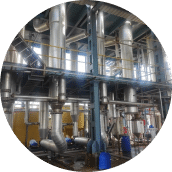
Wastewater Evaporators
Upgrade your industrial operations with our premium-grade Wastewater Evaporators. Designed for peak efficiency...
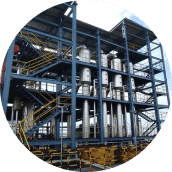
Agitated Thin Film Dryer
Film Dryers are industrial machines designed to efficiently remove moisture from thin layers of materials...
Categories
- Evaporation Plants
- Multi Effect Evaporators
- Wastewater Evaporators
- Agitated Thin Film Dryer
- Zero Liquid Discharge System
- Forced Circulation Evaporator
- Membrane Bioreactor
- Industrial Evaporators
- Zero Liquid Discharge Plant
- Wastewater treatment plant
- Effluent treatment plant
- Evaporator
- Vacuum Evaporator
- RO reject evaporator
- Effluent treatment plant manufacturer
- Vertical thin film dryer
- ATFD
- Heat Exchanger
- Multi Effect Evaporation Plant
- Multi Effect Evaporation System
Know More About Us

Agitated Thin Film Dryer
Film Dryers are industrial machines designed to efficiently remove moisture from thin layers of materials...

Our Team
It is the back of our team members that have enabled us to stand out in the market and gather a wide customers base. Based on qualification, experience, skills and knowledge, we have allocated...

Why Us?
We guarantee premium quality of our products as we manufacturer them using the best raw material and latest production technology. We practice fair set of policies that are framed keeping in mind...
About Us
Avail value for money products such as Forced Circulation Evaporation Plant, Wastewater Multi Effect Evaporators, Mechanical Vapor Recompression Mvr, etc..
Vikrama Innovative Technologies is dedicated to achieving the utmost satisfaction of our esteemed customers, recognizing that customer satisfaction is paramount for survival in the competitive market landscape. Through our unwavering commitment to quality and excellence, we have effectively positioned ourselves as a reputable manufacturer and supplier of cutting-edge products like Wastewater Evaporators, Film Dryer, Liquid Discharge System, Membrane Bioreactor, etc. Integrity is the cornerstone of our business philosophy.
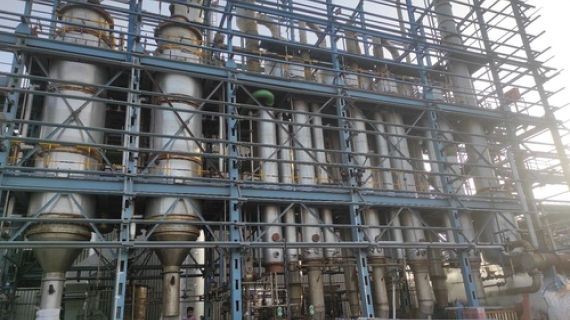
MostPopularProducts
Agitated thin film dryer
Product Details:
- Height Meter (m)
- Usage Industrial
- Width Meter (m)
- Pressure Bar
- Weight Kilograms (kg)
- Length Meter (m)
- Product Type Agitated Thin Film Dryer
- Click to View more
Agitated thin film dryer Price And Quantity
- 2000000 INR/Plant
- 1 Plant
Agitated thin film dryer Product Specifications
- Meter (m)
- Other
- Bar
- Yes
- Kilograms (kg)
- Electric
- Industrial
- Meter (m)
- Thermal
- New
- Agitated Thin Film Dryer
- Meter (m)
Agitated thin film dryer Trade Information
- 10 Plant Per Month
- 3 Days
- Contact us for information regarding our sample policy
- Wooden
- All India
Product Description
What is an Agitated Thin Film Dryer (ATFD)?
An Agitated Thin Film Dryer (ATFD) is a type of evaporator that dries highly viscous and heat-sensitive materials by spreading them into a thin film and agitating them on a heated surface. This method ensures efficient heat transfer and rapid evaporation of solvents or moisture, leaving behind a dry product. Various industries, such as chemical, pharmaceutical, food, and wastewater treatment, rely on ATFDs due to their ability to handle challenging drying processes with high efficiency and minimal thermal degradation.
Key Components of ATFD
Before diving into the working principle, it is essential to understand the key components of an ATFD:
- Feed System: Introduces the liquid, slurry, or paste to the drying process.
- Rotating Shaft with Blades or Wipers: Agitates the material, ensuring it forms a thin, even film on the heated surface.
- Heated Surface (Jacketed Cylinder): Provides the necessary heat for evaporation.
- Vapor Outlet: Removes the evaporated moisture or solvent.
- Discharge System: Collects the dried product.
Working Principle of ATFD
The ATFD operates on a relatively straightforward yet highly effective principle. Here is a step-by-step breakdown of the process:
1. Feed Introduction
The feed system introduces the wet material into the ATFD. This material can be a liquid, slurry, or paste, depending on the application. Operators carefully control the feed rate to ensure consistent drying.
2. Formation of Thin Film
Once the material enters the dryer, it encounters the rotating shaft equipped with blades or wipers. These blades spread the material into a thin film across the inner surface of the heated cylinder. The thin film formation maximizes the surface area for heat transfer, facilitating rapid evaporation.
3. Agitation
The rotating blades continuously agitate the thin film, preventing it from adhering to the heated surface and promoting uniform drying. This agitation also helps break down any potential crust that may form on the surface, ensuring the entire material is evenly exposed to the heat.
4. Heat Transfer and Evaporation
The jacketed cylinder is heated using steam, hot water, or thermal oil. The heat transfers through the cylinder wall to the thin film of the material. Due to the large surface area and thin film, the moisture or solvent evaporates quickly. The vapor generated during this process exits through the vapor outlet.
5. Discharge of Dried Product
As the material moves along the heated surface, it loses its moisture content and transitions into a dry powder or granules. The blades continuously scrape off the dried product, discharging it through the bottom of the ATFD.
Advantages of ATFD
ATFDs offer several advantages that make them an ideal choice for drying challenging materials:
High Efficiency
The thin film and continuous agitation ensure efficient heat transfer and rapid evaporation, leading to high drying rates and energy savings.
Uniform Drying
Constant agitation prevents the formation of hot spots and ensures uniform drying of the material.
Handling Heat-Sensitive Materials
ATFDs can operate at low temperatures, making them suitable for drying heat-sensitive materials without causing thermal degradation.
Scalability
ATFDs are available in various sizes, making them suitable for small-scale laboratory applications and large-scale industrial processes.
Low Residence Time
The short residence time of the material in the ATFD minimizes the risk of degradation or chemical changes, preserving the quality of the dried product.

Price:
- 50
- 100
- 200
- 250
- 500
- 1000+
Other Products in 'Vacuum Evaporator' category



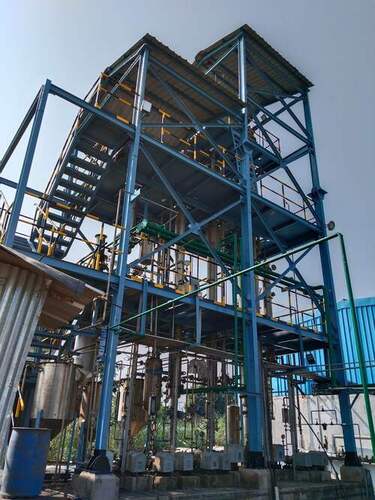

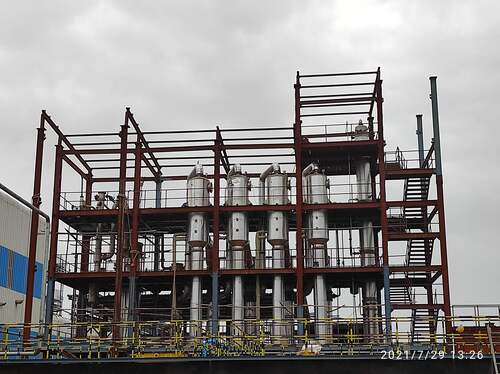
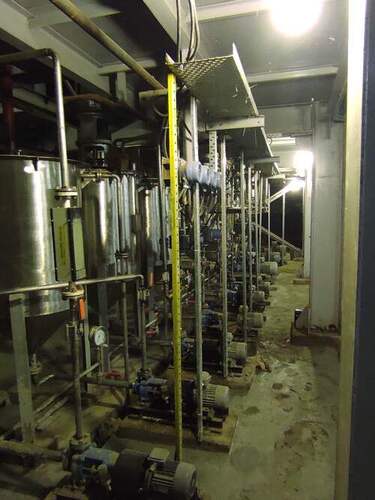
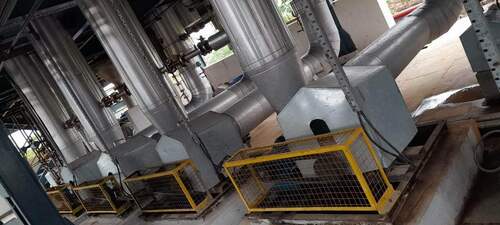
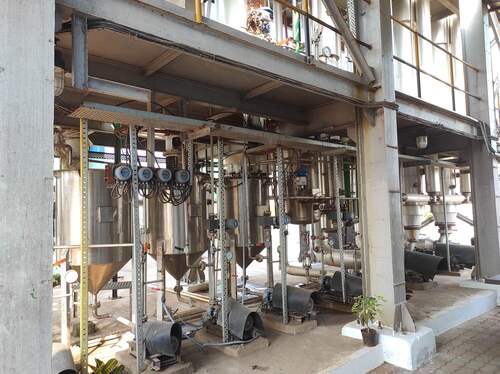

 English
English Spanish
Spanish French
French German
German Italian
Italian Chinese (Simplified)
Chinese (Simplified) Japanese
Japanese Korean
Korean Arabic
Arabic Portuguese
Portuguese